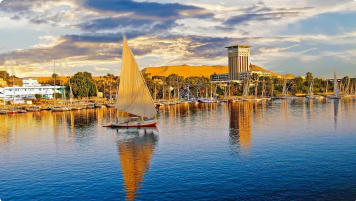‘The Dazzling Aten’: Long-Lost Golden City of Ancient Egypt
Egypt, the Egyptians, Pyramids, the Nile, Luxor or Alexandria plus much more hold a fascination for the traveller. Beyond the antiquities is the pivotal role in early merchant trade, particularly spice and the links to Venice. Learn more with a small group educational tour with Odyssey Traveller serving senior couples and mature solo travellers. An Antipodean travel company serving World Travellers since 1983.
13 May 22 · 9 mins read

The Dazzling Aten, Egypt
By Marco Stojanovik
Discovered in late 2020 underneath the sands of the west bank of the Nile is the remains of a lost ancient Egyptian city, known as The Dazzling Aten, or Aten for short. Uncovered near the modern-day city of Luxor, home of the Valley of the Kings, the large city is close by to several other monuments. To the north is King Amenhotep III’s 14th-centurye BCE mortuary temple and the Colossi of Memnon, and to the south is Medinet Habu, a mortuary temple built almost two centuries later for King Ramses III.
Buried in a remarkably preserved state under the sand for millennia, experts have called it one of the most important finds since the unearthing of Tutankhamun’s tomb. It is the largest city ever discovered in Egypt and, importantly, dates back 3,400 years to the height of Egyptian civilisation, a time of political, religious and artistic change. Built during the reign of Amenhotep III, the pharaonic city was later continued to be used by Tutankhamun (‘King Tut’) and Ay. With surprisingly little is known about urban life in pharaonic times, experts in the fields of archaeology and Egyptology are now looking towards the discovery for valued information. With the excavation ongoing, only time will tell what mysteries it reveals.
This article explores the discovery, history, and implications of The Dazzling Aten as background information for Odyssey Traveller’s Ancient History of Egypt Escorted Small Group Tour designed for the mature age and senior traveller. Led by an experienced tour guide, we explore Egypt’s ancient history, imperial heritage, World Heritage Sites, and world-famous cities, all with some truly spectacular scenery along the way.
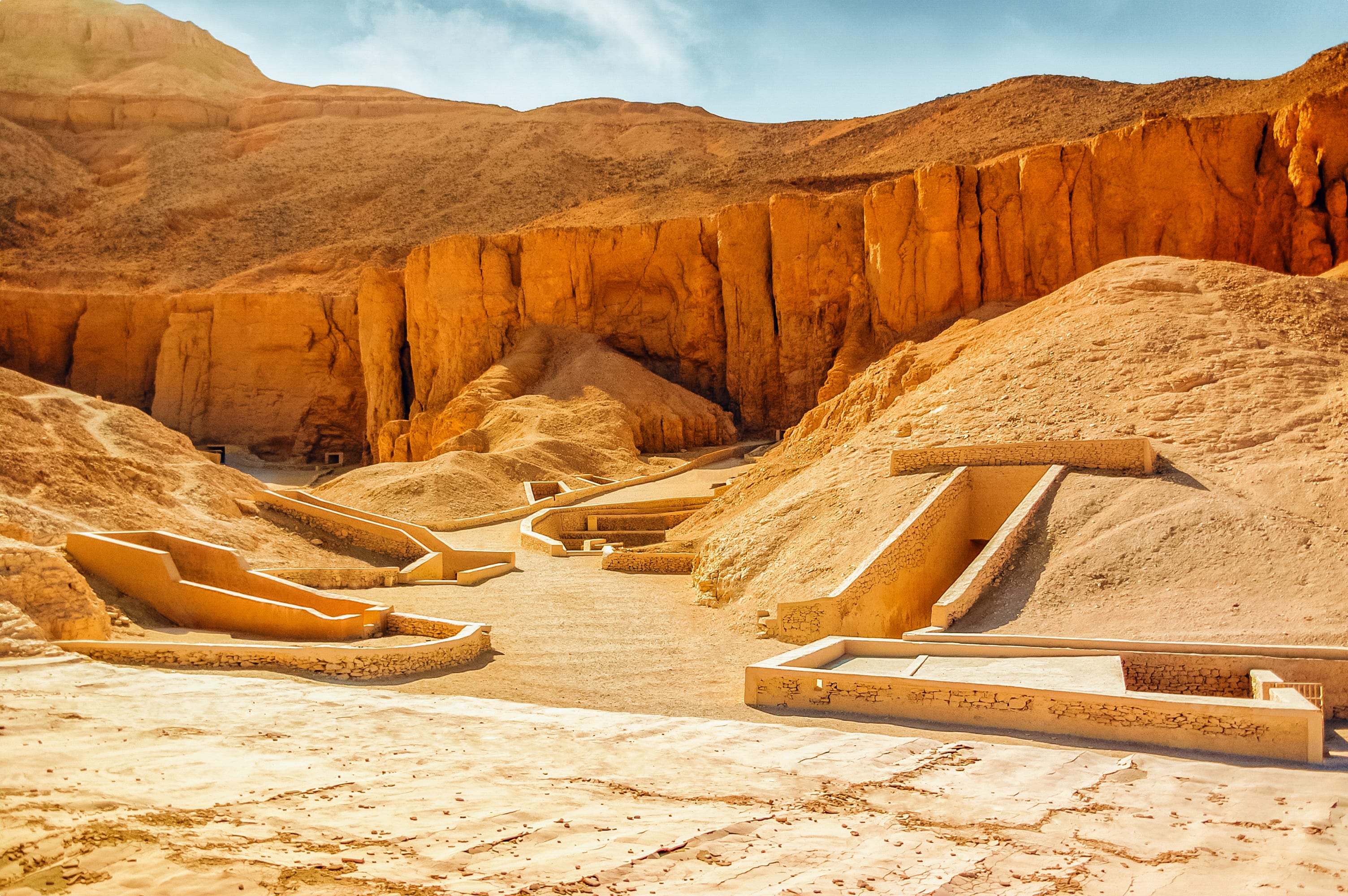
Discovery of The Dazzling Aten
The city’s remains were discovered accidently while the famed Egyptian archaeologist Zahi Hawass and his team were looking for the funerary temple of Tutankhamun. Instead, hidden underneath the ancient sands, the group stumbled upon a fully-fledged city. The excavation began in September 2020 and within weeks mud brick formations began to appear in all directions, revealing the city in a good condition of preservation, with almost complete walls, and with rooms filled with tools of daily life.
The city forms part of Amenhotep III’s palace complex to the north, which was named Malkata, and appears to be the greatest administrative and industrial centre of that period. Along with the palace, the area housed other palaces, distinct administrative, industrial, and food production areas, as well as a large cemetery filled with rock-cut tombs which is yet to be explored.
There are also seven different residential neighbourhoods packed with houses consisting of 10-foot winding walls. Within them are rooms filled with tools of daily life left by the ancient residents, such as rings, scarab beetle amulets, coloured pottery vessels, pots to carry meat, and tools related to spinning, weaving, and metal and glassmaking.

The find has revealed a lot about the city’s culture and economy. It is probable that the settlement’s artisans and workers produced goods for Amenhotep’s palace and other local royal sites, including temples and tombs. Workshops have been identified within which amulets, decorative items, mud bricks, and other goods for constructing buildings were made. A large bakery has also been unearthed, complete with ovens and storage pottery, which most likely catered to a very large number of workers and employees due to its size.
Other discoveries include a human skeleton with the remains of a rope wrapped around the knees, as well as the burial of two calls or bulls. Both are unusual finds, and the researchers are still investigating their meanings.
In all, the find has been described by many as phenomenal, with the archaeological layers laid untouched for thousands of years. Left by the ancient residents as if it were yesterday, it provides a rare snapshot of the time 3,5000 years ago, quite like an Egyptian version of Pompeii.
A 3,500-Year-Old History
Archaeologists have examined hieroglyphic inscriptions for clues to the city’s history. It is believed its establishment dates to the reign of Amenhotep III, between roughly 1391 and 1353 BCE. Some of the inscriptions on lids of wine vessels and other containers name the settlement as ‘the Rise of Aten’ and date to the jubilee of Amenhotep III, while scarab beetle amulets, bricks, coloured pottery vessels, and more bear Amenhotep III’s royal seal.
Known as Amenhotep the Magnificent, the pharaoh was one of the most prosperous in Egyptian history. As the ninth king of the 18th Dynasty, under him Egypt achieved the height of its international power, along with an unprecedented level of wealth and artistic splendour. Known for its opulence and grandeur, the reign witnessed the construction of several huge public buildings and temples, including the Colossi of Memnon – two massive stone statues near Luxor that represent the ruler and his wife.
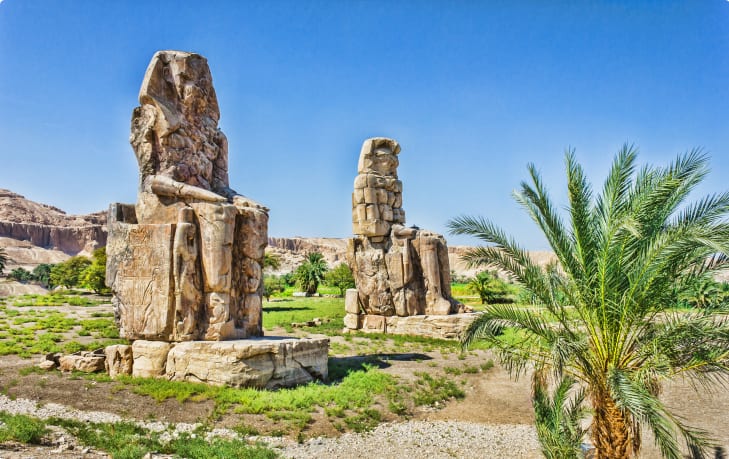
Near the end of his life, Amenhotep III is thought to have briefly reigned alongside his son, Amenhotep IV. After his father’s death, however, Amenhotep IV drastically changed the country’s direction, breaking with everything the late ruler stood for. He abandoned all the traditional Egyptian gods besides the sun god Aten, changing his name to Akhenaten, meaning “devoted to Aten”. He also moved the royal seat from Thebes to a completely new city he called Akhetaten (now known as Amarna), where he ruled alongside his wife, Nefertiti, and he oversaw an artistic revolution of animated and detailed stylings.
One pot discovered at Aten, containing two gallons of boiled meat, was inscribed with information showing that Amenhotep and Akhenaten ruled the city jointly at the time it was made in 1337 BCE. Historians believe, however, that one year after the pot was made, the city and everything it contained was abandoned as Akhenaten shifted to his new capital. The reasons for moving the capital remain unknown, but hopefully now clues from Aten can shed light on the mystery.
After Akhenaten’s death, his young son Tutankhamun became ruler of Egypt. Tutankhamun reversed his father’s transformation of the country, obliterating most traces of the controversial ruler, and ditching the capital to establish a new one at Memphis. The city of Aten too appears to have been reused by Tutankhamun. Ay, who later inherited the throne when he married Tutankhamun’s widow, seems to have used it too.
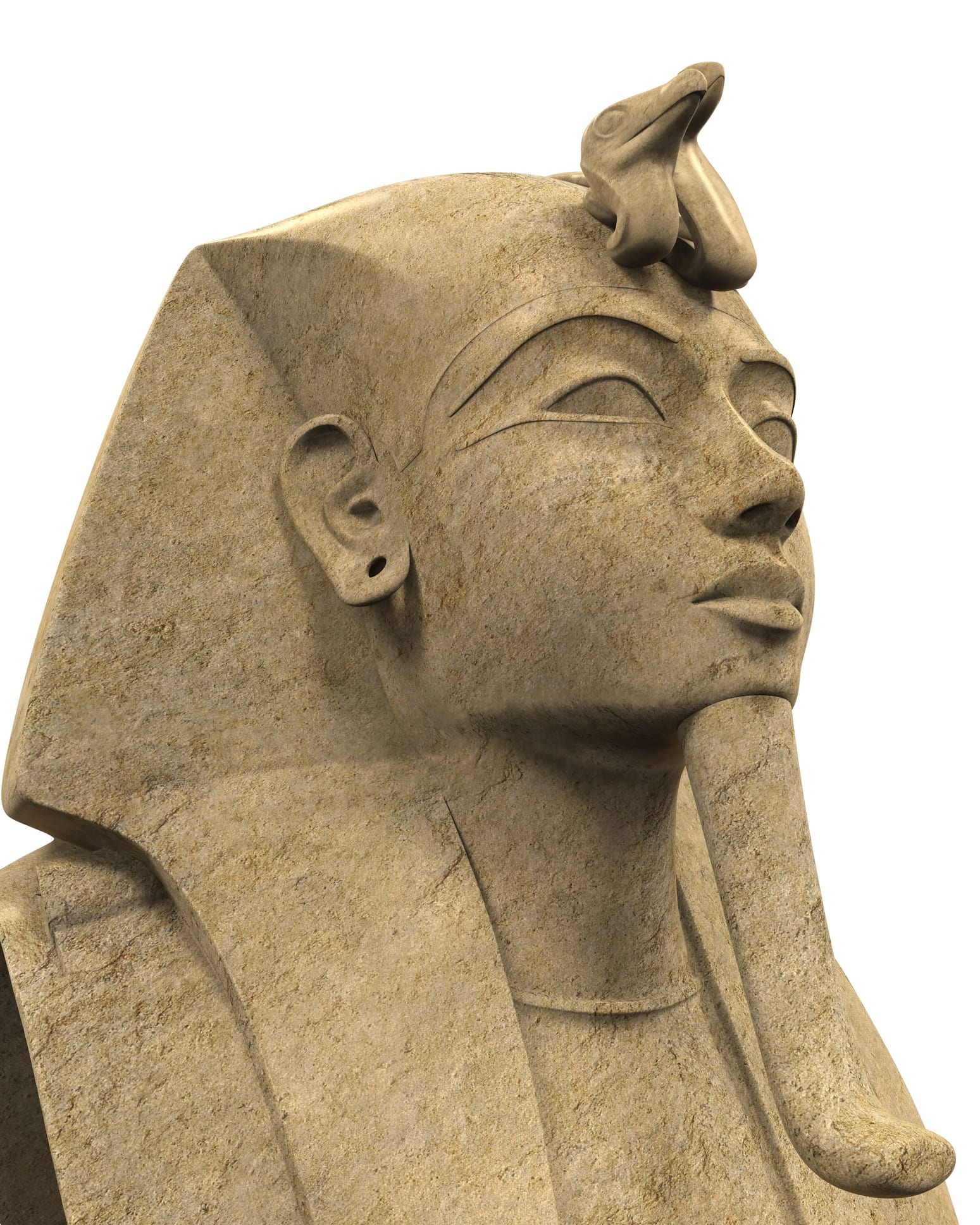
Four distinct settlement layers at the site show renewed habitation as late as the Coptic Byzantine era, from the 3rd to 7th centuries CE. Then, it was left to be engulfed by sands, preserved until recently discovered.
Whereas the excavations have so far unearthed most of the southern part of the city, progress is still to be made on the northern region. Other mysteries about what happened in the ancient city some 3,5000 years ago may still yet to be revealed.
An Insight into Egyptian Urban Life
The archaeological discovery of the city is exciting, with important implications for the scholarship of archaeologists and Egyptologists. For centuries the specifics of urban, domestic life in the Pharaonic period have remained a mystery, Ancient Egypt sometimes regarded as a civilisation without cities. Unlike the other great civilisations of the Bronze Age famous for their great cities, most of Egypt’s mud-brick villages, towns and cities have either been destroyed over time or hidden beneath modern settlements. Most of what is known today comes instead from the civilisation’s fabulously preserved pyramids, tombs, and temples.
The first great cities emerged along the fertile valleys of great rivers in Mesopotamia (modern day Iraq), the Indus Valley (modern day India and Pakistan) and China at the beginning of the Bronze Age, at least 5,000 years ago. Like today’s cities, they provided public infrastructure and roads, and often access to sanitation, education, health care and welfare.
The Nile River differed in that it did not support the urban lifestyle as the rivers of other great civilisations. It had a reliable flood pattern and so could be easily tamed. This allowed for simple methods of irrigation that did not require complex engineering and large groups of workers to maintain, and meant water was available for agriculture throughout its length. As a result, there was no need for the population to cluster in organised cities.

The political stability of most of Egypt’s history also guaranteed against the need to cluster together in fortified cities. Plus, a centralised government removed the need for multiple centres, with many administrative functions exercised through visiting administrators and rural religious foundations.
Most Egyptians therefore lived in relatively small settlements. Some larger settlements did exist though, such as workmen’s villages near the construction of tombs and temples, small provincial administrative towns, and capital cities.
Some Egyptian cities from the Bronze Age have been excavated, such as Nagada and Hierakonpolis from the Early Dynastic Period (c. 3160-2680 BCE) and the later short-lived capital of Pharaoh Akhenaten, Akhetaten, functional for only 14 years (1346-1332 BCE).
The excavations, as well as geophysical survey and ancient texts, have provided rare glimpses into ancient urban life. Within the settlements, there were no shops, no pubs, and no official venues for entertainment. Instead, people traded goods privately, or at the local markets, normally held on the riverfront; drank beer with their families and friends at home or at celebrations; and organised their own entertainment, including sports and storytelling, although religious festivals were also frequent.
Still, there is much to be discovered about domestic urban life in ancient Egypt. Aten, the largest city of its kind in Egypt, with a remarkable degree of preservation, may just provide the answers researchers are seeking.
Tour of Egypt
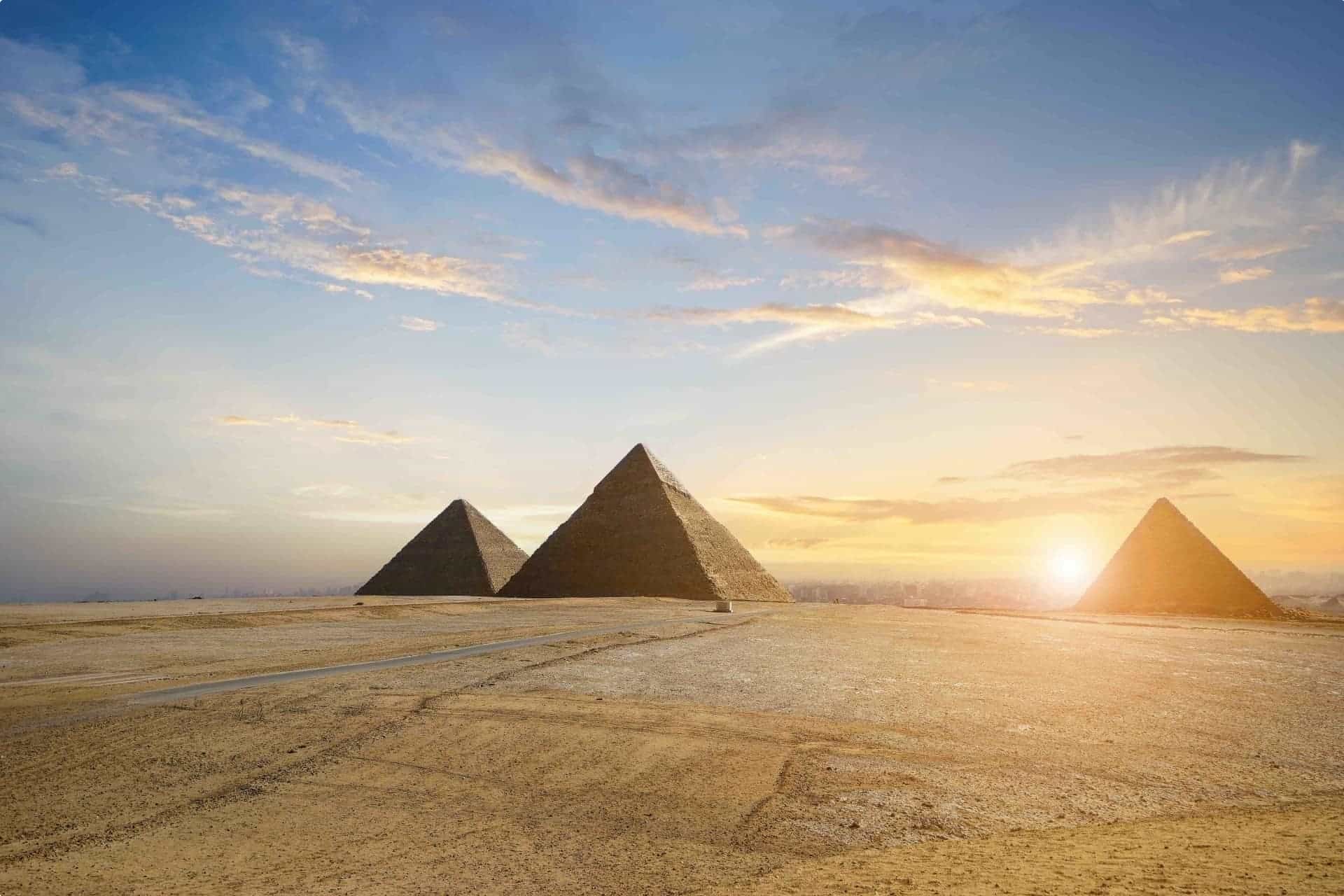
Odyssey Traveller offers easy, convenient, and relaxed escorted small group tours across Egypt. These tours focus on the history and culture of ancient Egypt, designed especially for mature-aged and senior travellers. Other tour operators or tour companies may simply survey the archaeological sites and monuments to the Pharaohs and the Giza pyramids. Our Egypt tour, however, also visits contemporary feats such as the Aswan Dam and lets us witness landmarks of the contemporary Egyptian experience, such as Tahrir Square. These sites show that Egypt’s role as the pivot of civilisation is far from ended.
Visit Egypt with Odyssey Traveller on these escorted tours as we stand in awe of the symmetry and majesty of the Egyptians’ ancient pyramids from Luxor to Aswan, and discuss the country’s present-day experiences and accomplishments.
This Ancient History of Egypt journey includes a day tour in Cairo, the Egyptian capital, where we visit the Mohammad Ali Alabaster Mosque in the Citadel. The Mosque was constructed from 1830 to 1857 under Mohammed Ali Pasha in the Ottoman style. Mohammed Ali Pasha was the ruler of Egypt and the founder of the country’s last dynasty. Next, we drive to timeless Old Cairo, a UNESCO World Heritage Site. During the journey, we will visit the Old Coptic Church and the Hanging Church, deriving its name from the way its nave overhangs an historic passage. After visiting the Ben Ezra Synagogue, we explore the Egyptian Museum of Antiquities. The museum in Cairo houses the treasures of the Tomb of Tutankhamen, among other fascinating exhibits including the role of Linen.
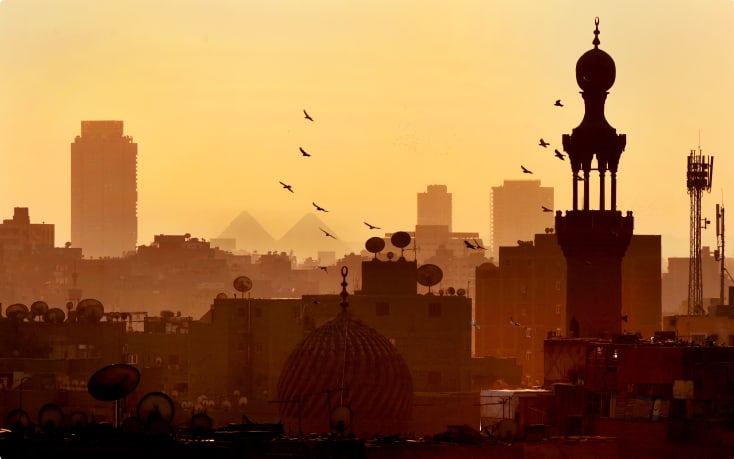
On the next day of this tour, a qualified Egyptologist provides a walking tour of the Great Pyramids. We stop to see features such as a royal burial chamber, the Valley Temple, and the Sphinx. Because no image is more prized than that of the traveller riding a camel at Giza, we have arranged for members of our party to enjoy a short camel ride against the backdrop of the Pyramids. For the remainder of the tour, we explore the Egypt that is beyond Cairo. We travel south down to Luxor to Aswan on the way, and to Abu Simbel before making our way back to the capital.
Other highlights of our private guided tours include visiting the Egyptian Museum, fully escorted by a qualified Egyptologist, and seeing the Oasis of Wadi El Seboua, Alexandria, and El Alamein. We also enjoy a cruise down the spectacular Nile River and enjoy shore excursions to Luxor, the Valley of Kings, and Kom Ombo. You will have the opportunity to take in the Red Pyramid, the Great Pyramids, the Valley Temple, and the Sphinx. We also visit the Temple of Philae, the 3000-year-old Abu Simbel, and Lake Nasser.
Odyssey Traveller has been serving world travellers since 1983. All tours provide an authentic and culturally informed travel experience, that goes beyond the usual tourist sites in favour of drawing out the hidden histories of our destinations. Our guides are chosen for their local expertise, and we move in genuinely small groups: usually 6-12 per tour. Our tours are all-inclusive, encompassing accommodation, attraction entries, and transport. For more information, click here, and head to this page to make a booking.
Articles published by Odyssey Traveller about Egypt
The following articles may also be of interest:
- From Cairo to NAC: Egypt builds a new capital city
- Discover Egypt with 10 great books
- Egyptian Linen Treasures
- Top 20 World Heritage Sites You Must Visit
Links to External Sites About Egypt
Learn more about Egypt before you travel with these articles and links to external sites.
- Egypt the country: A country profile from Odyssey.
- More small group tours to Africa
- Mesopotamia – HISTORY
- Ancient Near East and Egyptian | Penn History of Art
Related Tours
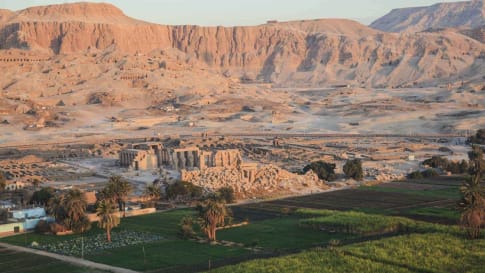
18 days
Jan, NovEgypt tour: escorted small group history & cultural tour of Egypt
Visiting Egypt
Our small group program for senior and mature couples and solo travelers takes us to contemporary feats such as the Aswan Dam and also to current crucibles of the Egyptian experience such as Tahrir Square. Proof, were it needed, that Egypt’s role as the pivot of civilisation is far from ended. There is the opportunity to visit our Morocco, Jordan or Iran tours before embarking on this tour of Egypt.
From A$12,950 AUD
View TourRelated Articles
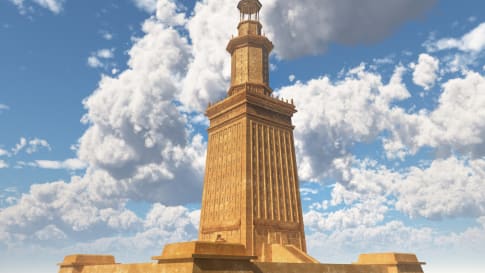
Alexandria, Egypt
Article for senior couples and mature solo travellers curious about Egypt, Greek and Roman history. Including the links to Venice and the trade in Spice and grain. Join a small group educational tour to learn and discover more.
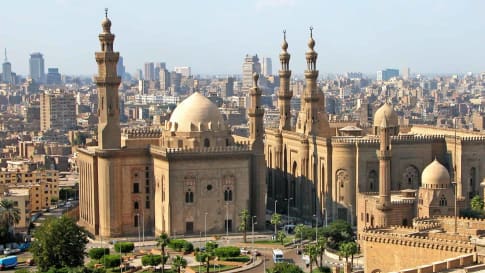
Discover Cairo: The City Victorious and Mother of the World
Article for mature and senior travellers, couples and solo travellers provides expertise about the city of Cairo, the former historic capital of Egypt. Learn about the history and relationship to the pyramids and to Alexandria and more before joining a small group tour to Egypt.

Discover Egypt with ten great books
Discover Egypt with ten great books Egypt captures the imagination and heart of us all. It is often our introduction to ancient history, and the mysteries of the pyramids and myths of pharaohs remain alive…
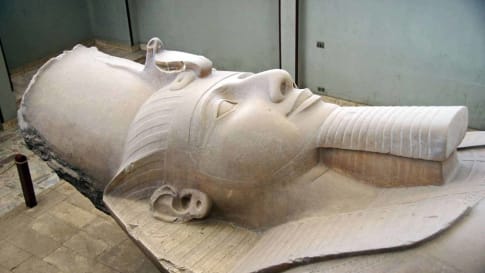
Egyptian linen treasures
Egyptian linen treasures Egypt has long held a place in the imagination of curious travellers. Many of us were introduced to the stories of pyramids, pharaohs and buried treasure as children, and since then, books…
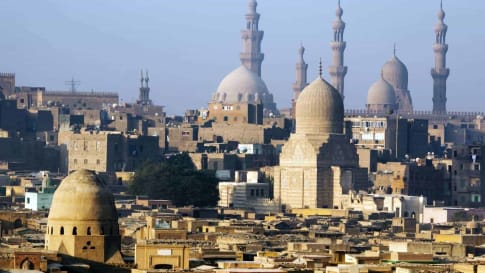
From Cairo to the NAC: Egypt Builds a New Capital City
From Cairo to the NAC: Egypt Builds a New Capital City On July 11, 2018 Egyptian President Abdel Fatah al-Sisi laid the first stone of what was to become Egypt’s new capital. The city is…

Philae Temple
Egypt's Philae Temple is one of the most picturesque in the country and the complex is one of the most fascinating ancient sights in the world.
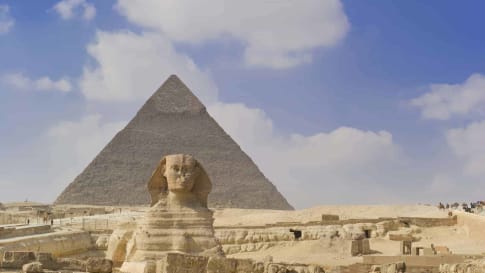
The Pyramids and the Sphinx
Egypt is home to one of the only remaining wonder of the Ancient World: The Great Pyramids of Egypt. The pyramids are monumental tombs for pharaohs from the 4th dynasty and relics of Egypt's Old Kingdom era, constructed around 4,500 years ago.
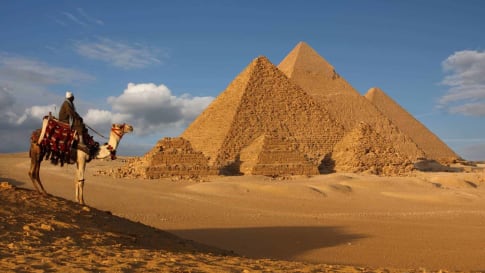
Uncovering Ancient Egypt: What we can learn from Egyptologists
In this article, we will discover some of the pioneers of Egyptology, the great archaeologists, excavators and linguists who have helped us explore, understand and protect Ancient Egypt and its heritage.

